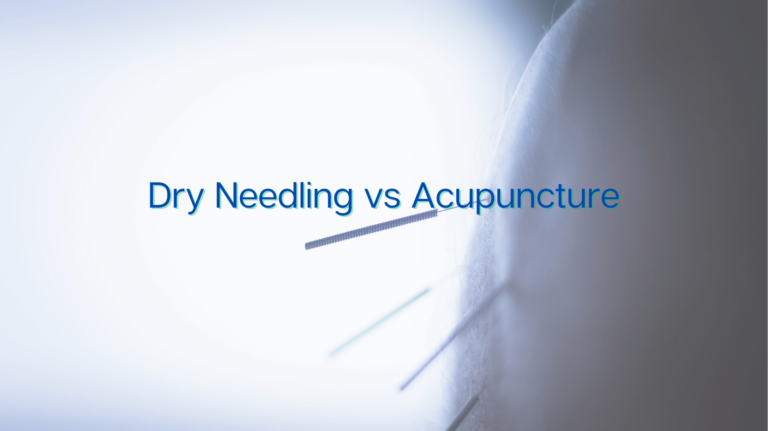If you’re dealing with an injury, chronic pain, or mobility issues, physical therapy can help recover function and improve your quality of life. However, the costs involved often deter people from seeking treatment. What is the true price range for physical therapy services? How do location, insurance coverage, and other factors impact the bottom line?
Average Cost Per Physical Therapy Session
The basic unit of physical therapy is a session with a licensed physical therapist (PT). Appointment duration is usually 30 minutes to 1 hour. The average cost per session ranges between:
- $150 – $300 in the United States
- €50 – €120 in many European countries
Factors impacting the per-session price include:
- Geographic location and cost of living
- Healthcare setting like a hospital clinic or private practice
- PT’s years of experience and specialty credentials
- Session duration and extent of treatment
In the US, sessions in hospital outpatient departments generally cost the most, averaging $200 – $500. Physical therapy clinics and private practices offer more affordable rates, often $100 – $250 per visit.
In Europe, pricing varies significantly between public healthcare systems versus private providers. Sessions covered under national public health plans have minimal out-of-pocket fees, while private clinics can have rates exceeding €100 per appointment.
When budgeting for physical therapy, inquire about the per-session cost upfront. Multiplied by the number of recommended visits, this provides an estimated total cost.
Factors That Determine Overall Cost
While the per-session fee is the base rate, several other important factors shape the total physical therapy cost:
Number of Treatment Sessions
A physical therapy plan usually comprises multiple sessions over weeks or months. The total number needed depends on:
- Condition being treated
- Severity of impairment
- Patient’s baseline function
- Progress in meeting treatment goals
Acute injuries may require only 2-6 visits. Chronic pain often needs 8-12 sessions or more. Discuss the expected timeframe and visits with your PT.
Frequency of Visits
Most patients attend 1-3 PT sessions per week. Attending less frequently can prolong the treatment course. Scheduling too many sessions weekly when not needed also adds unnecessary costs.
Find the optimal frequency that provides enough therapeutic benefit without overtreatment. Consistency is key – attend regularly based on recommendations.
Supplementary Services, Modalities, and Procedures
Basic physical therapy involves targeted exercise and hands-on techniques. However, additional services like heat/cold therapy, electrical stimulation, or specialized equipment add costs not always covered by insurance.
Carefully weigh whether these extra modalities are crucial for your personalized treatment or not. Avoid unnecessary add-ons that inflate costs without clear added benefits.
Insurance Plan and Extent of Coverage
Having physical therapy costs at least partially covered by insurance significantly impacts your bottom line. However, there is wide variation between insurers and plan types.
Medicare provides decent coverage, paying 80% of costs after annual deductibles are met. Each session involves a 20% coinsurance payment.
Private insurance ranges from minimal coverage to plans covering 60-100% of in-network physical therapy fees. However, pre-authorization or physician referral may be required first.
Understanding exactly what your insurance covers for physical therapy, including visit limits, is vital. Those with minimal or no insurance must pay out-of-pocket.
Average Physical Therapy Costs by Condition
The total number of sessions and length of treatment course differs based on the specific condition being addressed through physical therapy:
Orthopedic Injury Rehabilitation
Sprains, strains, fractures, and postsurgical recovery often require 6-12 visits over 2-3 months.
Total cost range: $900 – $3,600
Chronic Pain Management
Conditions like arthritis, fibromyalgia, and recurrent back/neck pain may need 12-20 visits or more over a 4-6 month period.
Total cost range: $1,800 – $6,000
Neurological Rehabilitation
For post-stroke recovery, Parkinson’s disease, or other neurological impairments, 15-30 sessions over 6-12 months is common.
Total cost range: $2,250 – $9,000
Pediatric or Geriatric Physical Therapy
Developmental delays in children or age-related mobility decline often require an extended, long-term treatment plan spanning dozens of sessions per year.
Total cost range: Several thousand dollars annually
Discuss estimated costs specific to treating your condition and health circumstances with your provider. Establish reasonable treatment expectations right from the start.
Strategies for Affording Physical Therapy
While worthwhile, the price tag for comprehensive physical therapy can be daunting for those lacking insurance or sufficient coverage. Here are some tips to make quality PT affordable:
- Seek community clinics with sliding-scale fees based on income level.
- Inquire if your provider offers discounted package rates when prepaying for a set number of visits.
- Only attend the number of sessions truly needed to meet your goals, avoiding overtreatment.
- Consider physical therapy students who offer supervised low-cost treatment in academic settings.
- Ask about payment plans or financing options that allow you to spread the costs over time.
- Utilize health savings accounts (HSAs) or flexible spending accounts (FSAs) to pay for therapy tax-free.
- Research scholarships, grants, and non-profit organizations offering financial assistance for medical treatments.
With savvy navigation of the pricing and intelligent use of available resources, the benefits of physical therapy can be obtained without breaking the bank through mindful planning and wise financial decisions.
Weighing the Value of Physical Therapy
While the costs of physical therapy can seem daunting upfront, its value in reducing pain, restoring function, and improving overall health and well-being is often invaluable, especially when compared to the costs of long-term disability, prescription medications, or surgery.
If non-surgical treatment options have been exhausted and your daily activities are still significantly impacted by musculoskeletal pain, investing in customized physical therapy with a proven therapist can be cost-effective and beneficial.
Discuss your specific circumstances transparently with your provider to determine if physical therapy is warranted, affordable, and likely to provide you tangible improvements in mobility and quality of life given your health status and goals.
While not inexpensive, personalized physical therapy delivered by qualified professionals can facilitate significant progress that may not be possible through independent exercise or generic self-treatment alone. When traditional medical interventions have not fully resolved your issues, physical therapy merits consideration.
Richard is a seasoned writer at Urban Therapy and a licensed physiotherapist, bringing a unique blend of clinical expertise and storytelling to his work. With years of hands-on experience in physiotherapy, he has a deep understanding of the human body and the science behind recovery and wellness.






